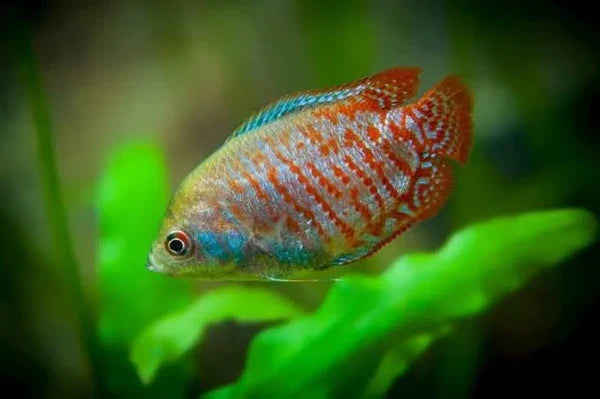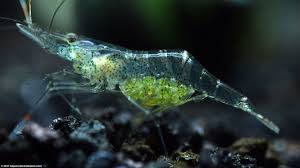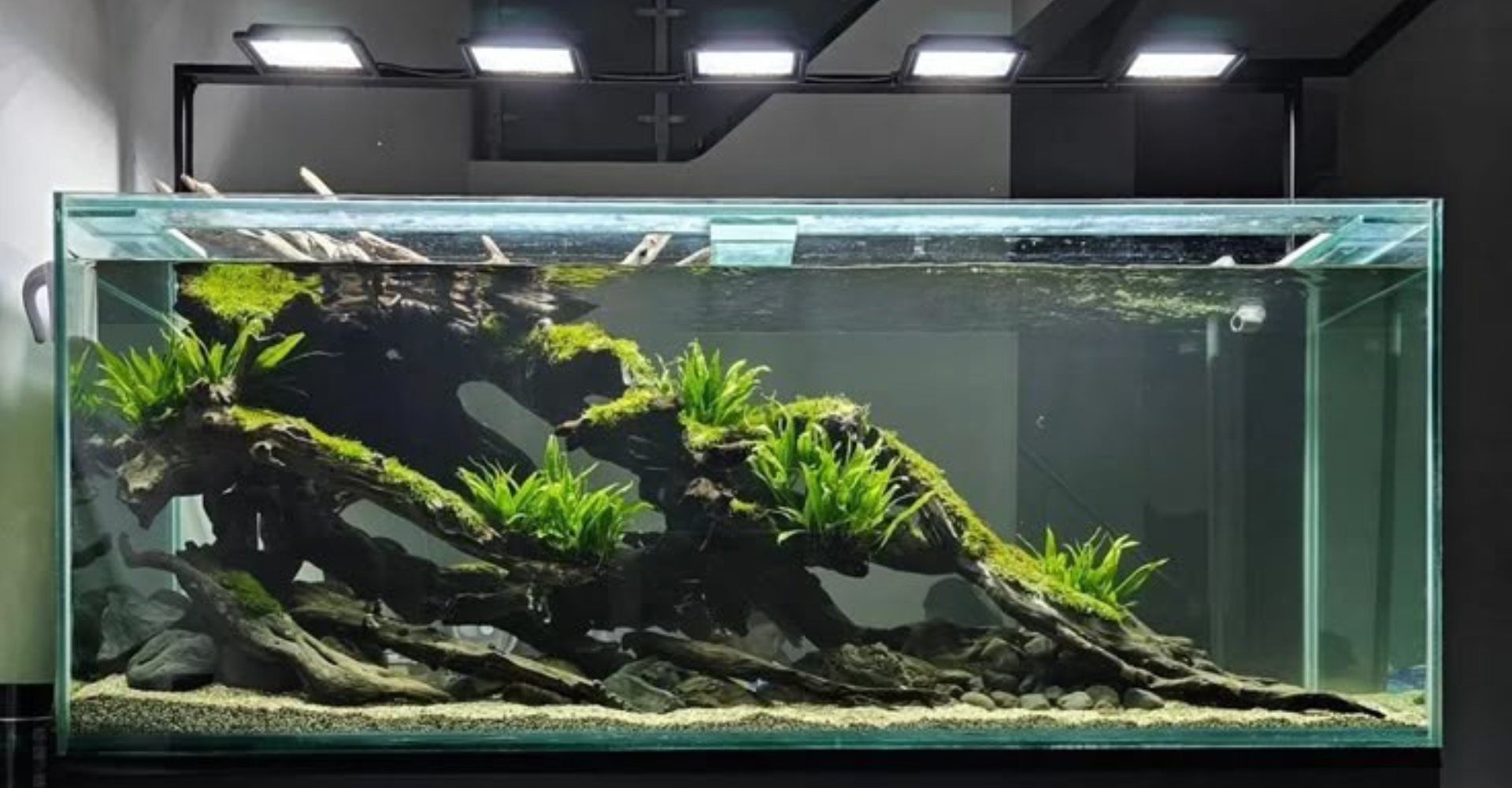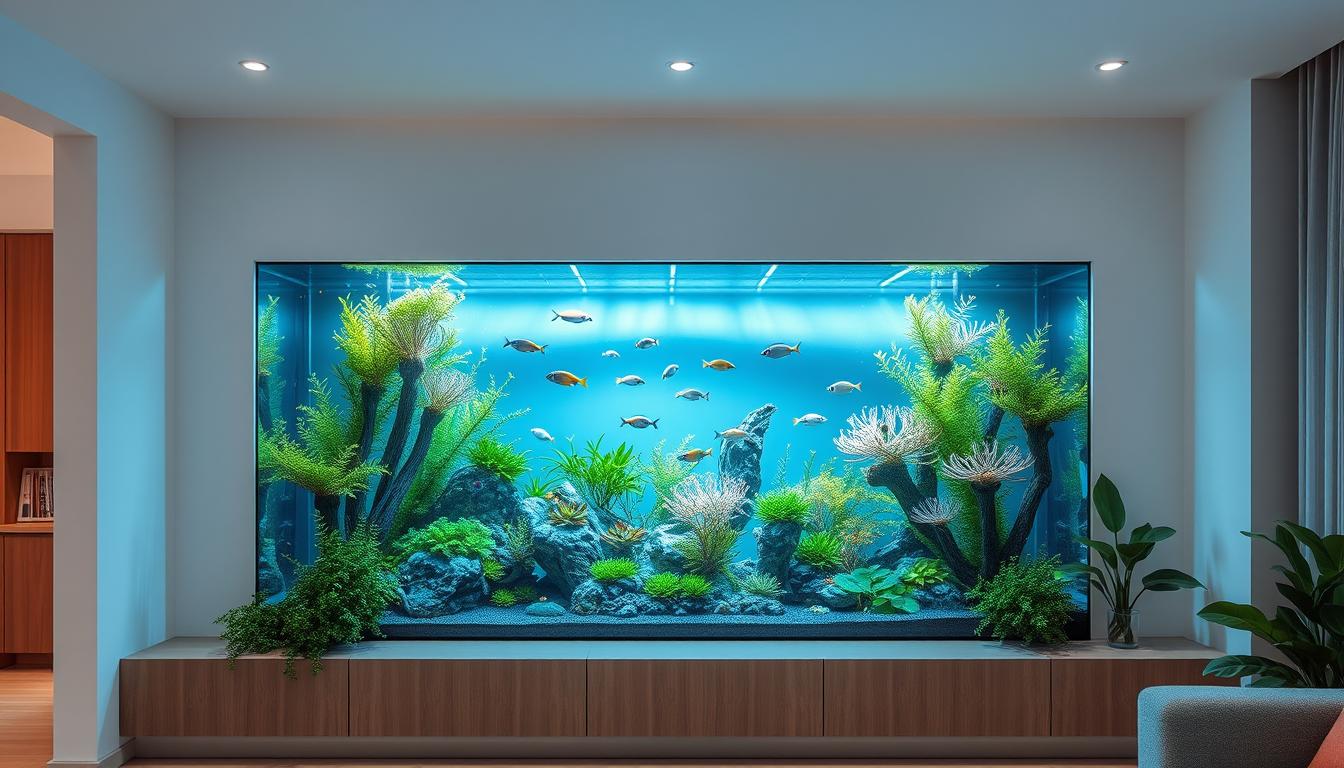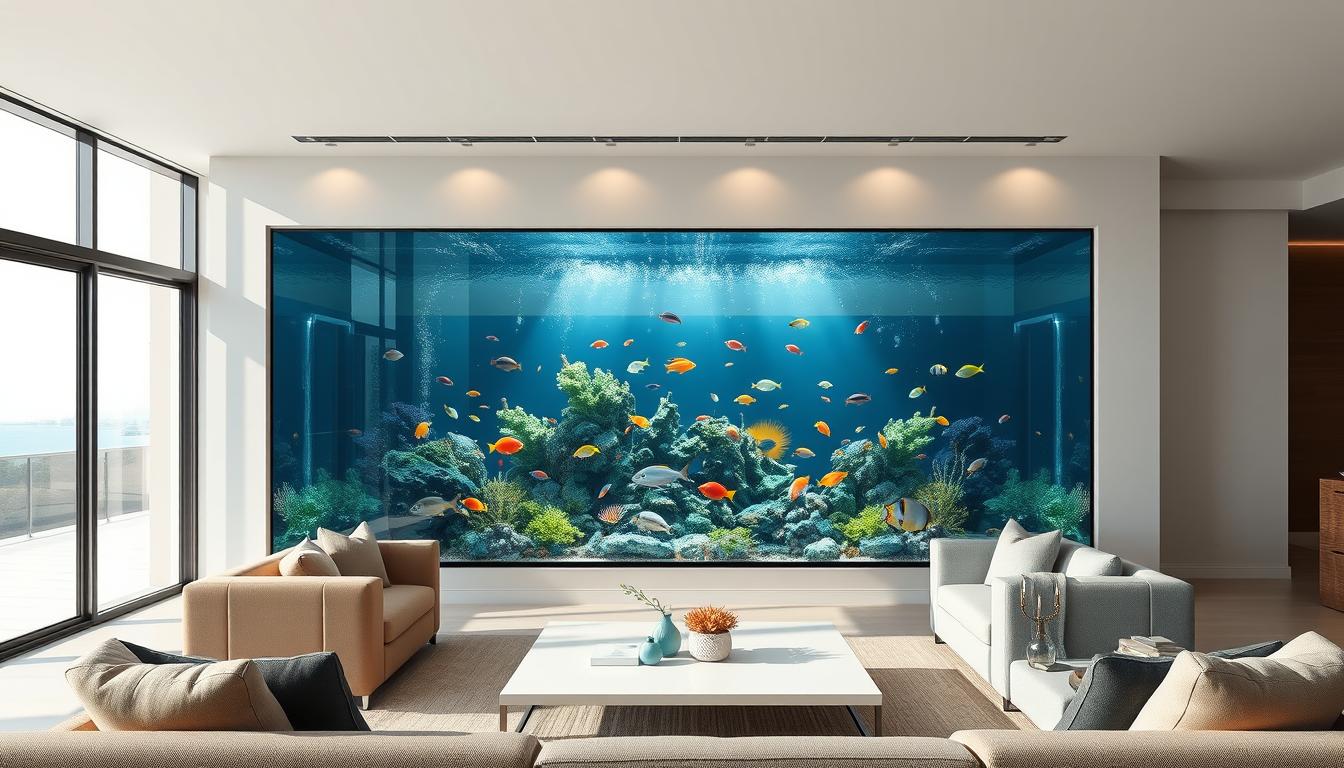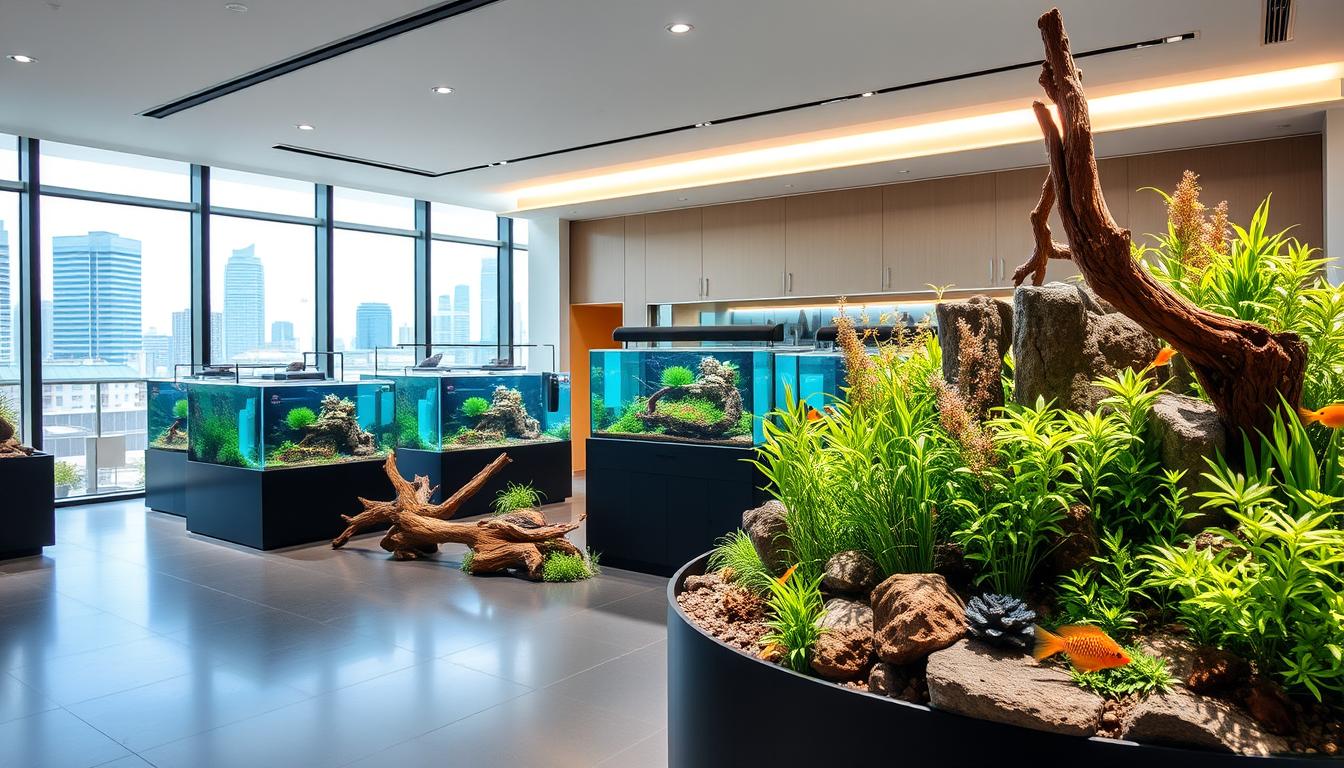A few days ago, I got a few questions about how to guide spotted blue eyes, as they are becoming rare in number. And it's hard to find an online fish store that sells healthy, cheap, purebred spotted blue eyes and they adapt quickly to a new tank.
Today I'm gonna share with you the important things, simple but effective care tips, tips, and tricks to help you breed healthy Spotted blue eyes and happiness right in your aquarium tank.
You can start with a small amount, but the important thing that I learned and want to share with you is persistence and patience, and you will successfully breed Spotted blue eyes right in your tank but without too much experience or spending too much money.
Now follow my lead!
Spotted blue eyes are a beautiful freshwater fish, they are perfect for beginners (if you are a newbie here, it would be nice to share with you). They are easy to care for and can live in a variety of water conditions.
I used to be a beginner like you and I also chose the spotted blue eye as my first tank, and you know what, I have successfully bred them right at the Micro Aquatic Shop aquarium tank.
First and foremost, Spotted blue eyes work best in groups. They are very social creatures and will do much better when they have tankmates of different species to interact with.
Another thing you need to consider when setting up your aquarium is that they are prolific jumpers like many species of fish that live from the medium to the top of the tank.
Can you believe it? Spotted blue eyes will jump straight out of the tank for any small openings, so if you have cut corners on the lid, stick some sponge in it, you might as well consider making your own with a lid with some other materials
I don't want to waste a game over the life of Spotted blue eyes when unfortunately they jump out and struggle on the floor (too bad! Yup I know that!)
So I was very careful to cover my Spotted blue eye tanks, but I watched and realized…
Oh… they're good too, they know I'm keeping them safe and they'll just stay in their house.
They like slow-moving waters with lots of vegetation. What really caught my attention were their bright blue eyes with small spots in the centre.
Spotted blue eyes will have some outstanding body features that you will immediately recognize such as their fins with black spots stretching all over the body, and a small mouth that will be greedy for the food you give it.
They are about 2.5 to 3 cm or just over an inch long, Spotted blue eyes have a very eye-catching honey-yellow or yellow colour hence their name may suggest an emerald green eye.
It has been 2 years since I kept my first fish tank, they are still very healthy and have spawned many adult fish that have been taken home by customers.
I know their lifespan will be about 3 years if kept in good condition, so keeping a school of Spotted blue eye fish is worth a try.
I'm keeping an average of 5 Spotted blue eyes in a 55-gallon tank and plan to grow 5 - 10 gallons if I want to add other fish.
You know, we love making new friends, right? And so do fish!
They love to make new friends because Spotted blue eyes are smart and inquisitive so we will discuss Spotted blue eye tankmates in the next part later.
I'll tell you what parameters I'm keeping them in, and you know, they kindle of like the environment I've created for them:
✅Water temperature: 70℉ to 80℉
✅PH: 6.5 to 7.5
✅Water hardness: 2 to 12 dGH
✅Alkalinity: 4-8 dKH
I also need to mention the substrate, I put a soft base on them because you'll find they like to dig but not too often, just sometimes I see them having their exploring trips under the substrate. And exactly sand or small gravel is the right choice in this case
I like to sit under the shadow of trees and especially trees that can easily raise my hands to pick and eat… Spotted blue eyes also have the same hobby as me, they love to eat the leaves of aquatic plants.
The first time I saw them eating the leaves of a fragile aquatic plant I thought: “Well, I should add some hard plants so that the leaves of the plant can recover from their play game”.
Right after that, I added Hornwort, Water Wisteria, and Java moss. They are healthy and good so far. Although there were times when I had to replace the plants because they were old and sick (I didn't want my Spotted blue eyes to get sick from the damaged leaves in the tank)
You know, I also decorated it with driftwood to increase the beauty of the tank.
But I have a note for you, you should choose decorations with smooth, non-sharp surfaces because if accidentally Spotted blue eyes hit them, they will be injured on the skin… and worse if unfortunately, then you don't realize…parasites will multiply in the wound and your fish will get sick.
And then the health of the fish will go bad….
Sorry, but I don't want any of your fish that get injured for silly reasons like that.
So, you have to be careful with the decorations you put in the tank for the Spotted blue eye.
By the way, while I'm talking about the disease, I also share some common diseases of Spotted blue eye.
The most common that these fish suffer from is the highly contagious ich disease caused by a parasite.
Its most obvious sign is the presence of white spots on your fish's body. If you see this, act immediately.
However, don't worry because the Spotted blue eye is a very hardy and disease-resistant fish. They are not susceptible to disease like some other species.
And for this same reason, I decided to choose Spotted blue eye for my first tank.
Now I remember when I first met them, I promised myself to take good care of them and they paid off my hard work by spawning more cubs and helping me increase my income.
I still firmly believe that Spotted blue eye is a good choice for beginners and if you are a beginner and are reading this article, you are lucky to have found the right advisor and the right place to buy Spotted blue eye.
When I observed them for a long time, I realized not only their great beauty but also their gentle and relatively shy temperament.
They like to be in groups and are often found with other Blue Eyes. Spotted Blue-eye is not aggressive and does not disturb other tank mates.
This fish lives on the bottom and likes to hide among the plants in the tank. When they feel threatened, they will quickly swim to a hiding place.
So I have a few suggestions for you if you want to add a tank mates to your Spotted blue eye:

And not to forget when it comes to Guppies, I personally find guppies and Spotted blue eyes to be good tank mates as they will get along well and you will sometimes see them learning from each other.
The next part I want to talk about is the breeding part, as I mentioned at the beginning, you can completely breed Spotted blue eye fish right in your tank, and we will go through the following necessary conditions:

Blue-eyed fry has a very high survival rate when you provide them with the right conditions.
In the wild, these fish lay their eggs in burrows or among rocks. The fry hatch and they live off plankton until they are old enough to return to shore, spawning from September to January in the wild.
Spotted blue eyes will spawn around 12 months of age and you will notice that the females will start to get big and plump as they fill up with eggs to facilitate spawning.
To reproduce this in your aquarium, you will need to set up a spawning tank. The tank must be at least 30 gallons and have a soft sandy bottom. You will also need to add some rocks or caves for the adults to lay their eggs in.
The water temperature should be between 74℉ and 82℉. The pH should be between 8.0 and 8.4.
When you are ready to breed your fish, add two adults to the tank. It is best to have one male and one female, but you can also add two females and one male to increase the success rate of eggs hatching
Once the eggs have been laid, the male will protect the eggs. He will also fan them with his fins to keep them oxygenated and hatch into fry.
I have found the spotted blue eye to be quite selective during spawning, ideally, they will lay 1 to 15 eggs per day continuously for a period of 7 days.
The eggs will hatch in about two weeks. After they hatch, you can remove the adults from the tank. The fry will live on algae in the tank until they are big enough to eat small brine shrimp
This is the time when you should add some live plants to the spawning tank as the fry will eat the algae on the aquatic plants to grow day by day.
You must get started with Spotted blue eyes today at the Micro Aquatic Shop!
The way I take care of blue eyes is not difficult but there are a few things I have noticed and I would like you to take note of too
Spotted blue eyes need lots of hiding places. You can arrange a slightly bushy tank with Hornwort, water wisteria, and Java moss.
I especially like Java moss and even researched them thoroughly in an article: 6 Different Types of Moss to Keep In The Tank.

Finally, they are sensitive to changes in water quality. This means that you need to be attentive to water changes and monitor the water parameters in the tank.
My journey has been long but when I look back at my 2 year old Spotted blue eye tank at the Micro Aquatic Shop, it's unbelievable and I'm so happy to see them continue to breed each year.
If you want to own a beautiful Spotted blue eye aquarium like me, comment below and I will contact you as soon as possible.
Thank you and see you in the next post.








